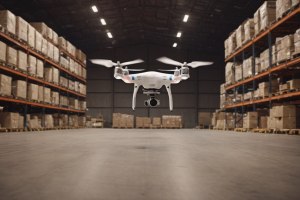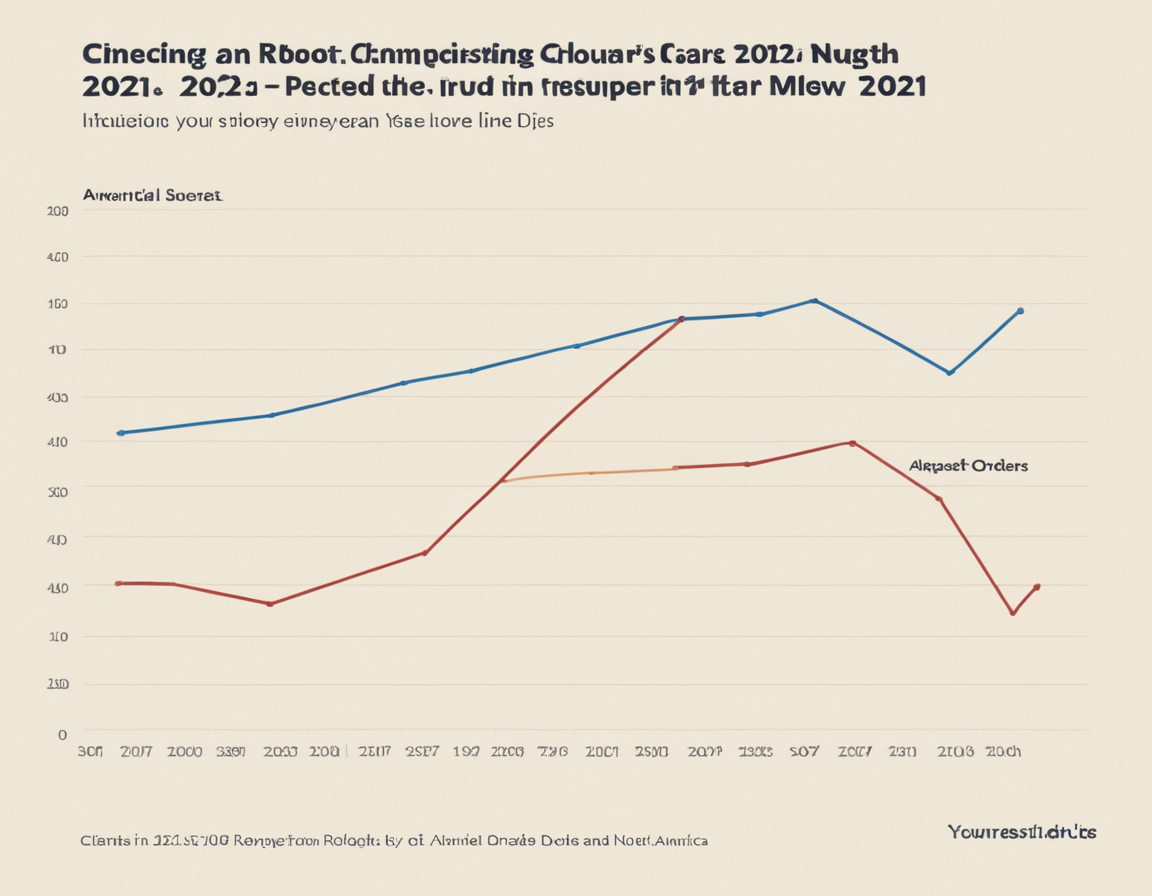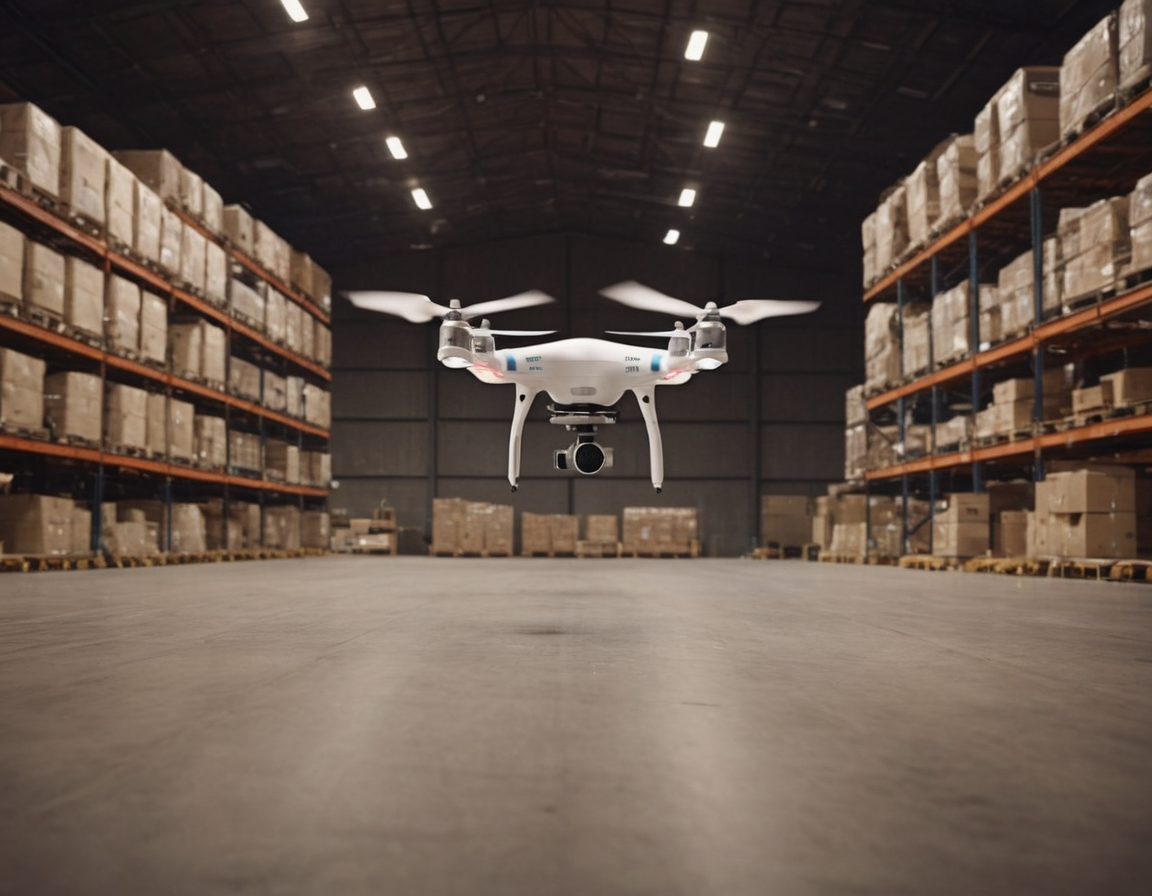North American Robot Orders Decline by 30% in 2023: An Examination
Industrial robot orders in North America decreased by approximately 30% in 2023 compared to the prior year. This figure represents a significant decrease from the record sales seen in 2021 and 2022.
The Association for Advancing Automation reported that 31,159 industrial robots were bought by North American firms in 2023, marking a notable contrast to the 44,196 units sold in the previous year. This percentage drop follows consecutive quarters of declines, with Q2 2023 experiencing a 37% year-over-year reduction.
Despite these concerning statistics, it’s important to remember that both 2021 and 2022 represented record-breaking sales periods for the industry. The current downturn could be attributed to a natural regression towards average growth rates after such exceptional performance.
However, the reasons behind the dip go beyond a mere slowdown in adoption following the pandemic-induced automation surge. Macroeconomic pressures have affected the entire technology sector, making industrial robots – while not a luxury item – vulnerable due to their substantial upfront costs.
Manufacturing remains the primary driver for automation, yet its expansion slowed during 2023 due to various factors like economic instability and supply chain disruptions caused by the ongoing chip shortage. Consequently, automotive manufacturing robots experienced a 34% decline in sales, while non-automotive robots fared marginally better, registering a 25% decrease.
Nonetheless, sectors such as metal electronics manufacturing, food/consumer goods, medical, and plastics/rubber showed considerable demand outside of automotive applications. Encouragingly, A3 President Jeff Burnstein expressed optimism, pointing out that the final quarter of 2023 exhibited an uptick in sales and a near-equal split between automotive and non-automotive buyers.
Looking ahead, several industries face hiring difficulties, potentially fueling increased interest in automation solutions. However, the initial implementation of automation comes with growing pains, particularly when dealing with emerging robotics technologies that might not yet offer widespread applicability.
Robots, however, have long been a staple in automotive manufacturing, benefiting from decades of experience and maturity within the sector. Adjustments in electric vehicle purchasing trends have significantly influenced the overall figures. Despite the recent decline, the future holds promise for increasing automation adoption across diverse industries.













